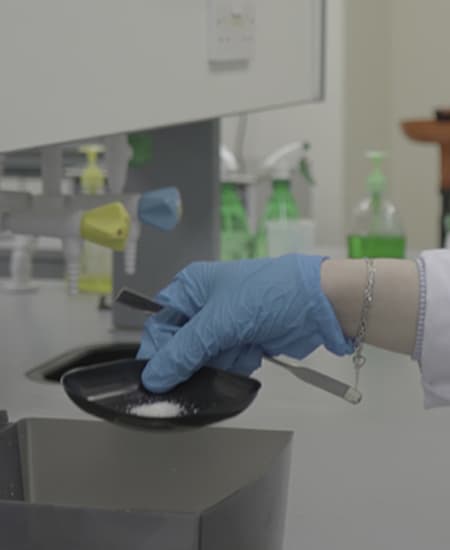Nanoparticle-Based Drug Delivery in Cancer Therapy
Chemotherapy works through several mechanisms, but its most important function is to non-selectively kill rapidly growing cells, including both tumor and normal cells. This results in significant side effects such as bone marrow suppression, hair loss, and gastrointestinal disturbances. The use of nanoparticles for drug delivery has proven to be more efficient, offering good pharmacokinetics, precise targeting of tumor cells, reduction of side effects, and overcoming drug resistance.Transferrin is a type of serum glycoprotein that transports iron into cells. Tumor cells overexpress transferrin receptors, while normal cells express low levels of them. This characteristic has enabled the development of transferrin-conjugated nanoparticles (NPs) as an active targeting method for cancer treatment delivery. Transferrin-modified NPs demonstrate higher cellular uptake efficiency and enhanced intracellular drug delivery compared to unmodified NPs. Further evidence indicates that transferrin-conjugated polymeric NPs play a major role in overcoming drug-resistant chemotherapy.
For more details, click here.

